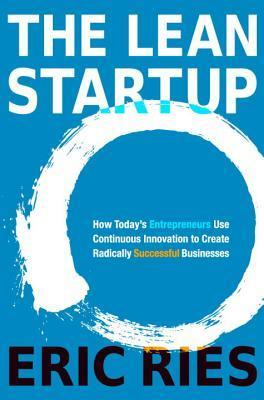More on this book
Community
Kindle Notes & Highlights
by
Eric Ries
Read between
September 10 - October 11, 2022
Every successful product or feature began life in research and development (R&D), eventually became a part of the company’s strategy, was subject to optimization, and in time became old news.
In fact, entrepreneurship should be considered a viable career path for innovators inside large organizations. Managers who can lead teams by using the Lean Startup methodology should not have to leave the company to reap the rewards of their skills or have to pretend to fit into the rigid hierarchies of established functional departments. Instead, they should have a business card that says simply “Entrepreneur” under the name. They should be held accountable via the system of innovation accounting and promoted and rewarded accordingly.
I have always been a bit of a troublemaker at the companies at which I have worked, pushing for rapid iteration, data-driven decision making, and early customer involvement.
Many of the techniques for doing this—actionable metrics, continuous deployment, and the overall Build-Measure-Learn feedback loop—necessarily cause teams to suboptimize for their individual functions. It does not matter how fast we can build. It does not matter how fast we can measure. What matters is how fast we can get through the entire loop.
In my consulting and travels talking about the Lean Startup, I hear the same message consistently from employees of companies big and small. In every industry we see endless stories of failed launches, ill-conceived projects, and large-batch death spirals. I consider this misuse of people’s time a criminally negligent waste of human creativity and potential.
The Lean Startup movement stands for the principle that the scientific method can be brought to bear to answer the most pressing innovation question: How can we build a sustainable organization around a new set of products or services?
Anytime a team attempts to demonstrate cause and effect by placing highlights on a graph of gross metrics, it is engaging in pseudoscience. How do we know that the proposed cause and effect is true?
Too much of our startup industry has devolved into a feeder system for giant media companies and investment banks. Part of the reason established companies struggle to invest consistently in innovation is intense pressure from public markets to hit short-term profitability and growth targets. Mostly, this is a consequence of the accounting methods we have developed for evaluating managers, which focus on the kinds of gross “vanity” metrics discussed in Chapter 7
For one thing, everyone would insist that assumptions be stated explicitly and tested rigorously not as a stalling tactic or a form of make-work but out of a genuine desire to discover the truth that underlies every project’s vision.


